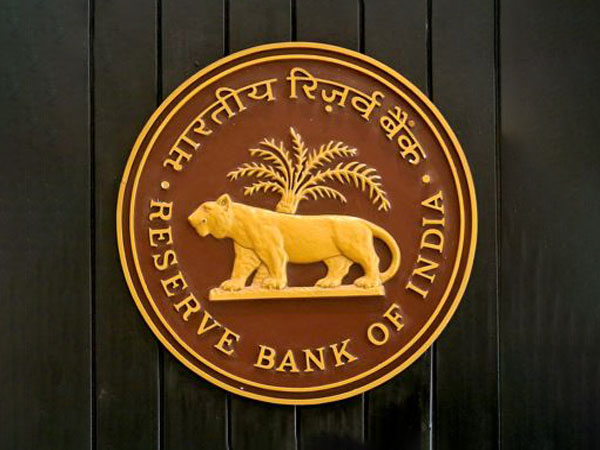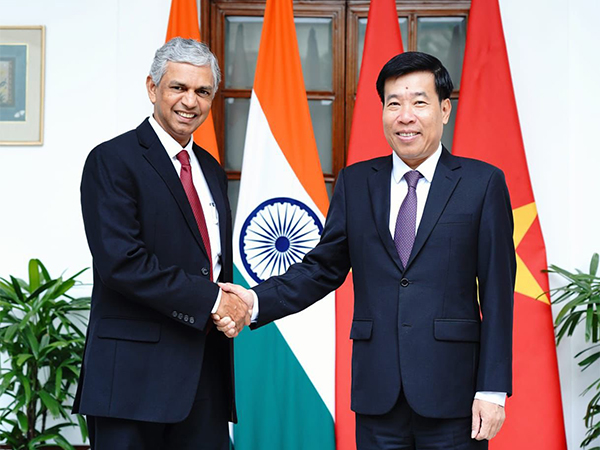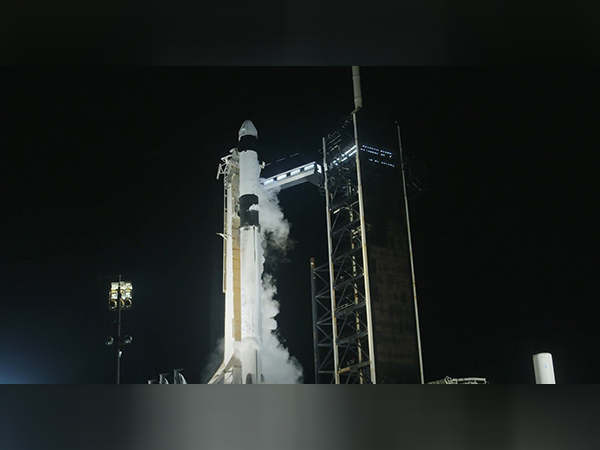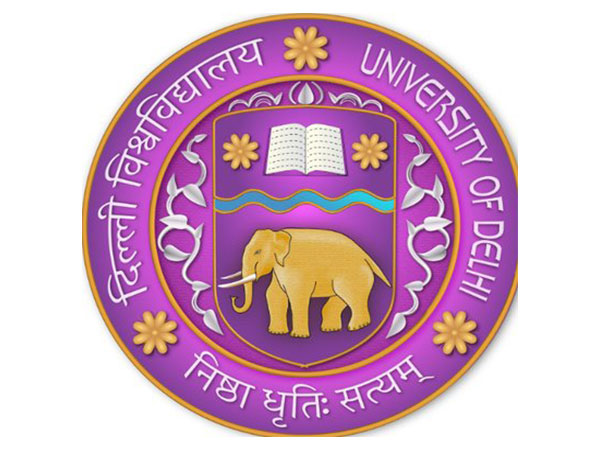New Delhi [India], July 29 (ANI): The Reserve Bank of India (RBI) report on currency and finance highlights how digitalization influences price levels through direct and indirect channels. The report states that the growing imprint of digitalization is transforming the production and consumption patterns of economic agents.
Digitalization impacts the flexibility of prices, the relative prices of online and offline products, market competition, and market concentration.
Under the direct channel, digitalization contributes to lower inflation rates through a decline in the prices of ICT-related goods. This trend has been observed in the post-pandemic period across both hardware and software charges in India.
Digital technologies also influence inflation indirectly by changing firms’ price-setting behaviour and market dynamics, with new players enhancing competition enabled by e-commerce.
Digitalization can also reduce menu costs, as changing the prices of goods is possible at almost zero cost without reprinting price tags or re-establishing pricing strategies.
The RBI report states that dynamic pricing of goods and services becomes possible with digital technologies, making prices more responsive to economic changes by reducing menu costs, improving access to information, and enhancing price update flexibility.
Citing price changes for vegetables and food items, the report notes that these occur once in two and three days, respectively, on online platforms in India, which is much more frequent than corresponding offline price changes.
As internet penetration expands, there will be a corresponding increase in digitally influenced retail purchases and the number of digitally influenced consumers and online shoppers.
This rise in digital engagement, coupled with increasing price and information transparency, can also put downward pressure on prices by lowering search, replication, transportation, tracking, and verification costs.
Furthermore, digitalization can improve access to financial services, and enhanced financial inclusion is found to improve the transmission of interest rate-based monetary policy impulses.
Results from studies reveal that monetary policy can be more effective in reducing inflation under digitalization.
Digitalization also has implications for the primary monetary policy objective of inflation management.
Information costs have undergone significant changes under the influence of digitalization. Digital tools such as search engines, e-commerce platforms, and social media greatly reduce the time and energy costs for consumers to obtain information, compare prices, and make purchasing decisions, thereby changing the price formation and adjustment process.
These developments could enhance the efficacy of monetary policy in securing price stability. A decrease in price stickiness may weaken the effectiveness of monetary policy.
In this environment, central banks would need to incorporate digitalization aspects comprehensively into their models for the continued efficacy of monetary policy and to achieve their price and financial stability goals. (ANI)
Disclaimer: This story is auto-generated from a syndicated feed of ANI; only the image & headline may have been reworked by News Services Division of World News Network Inc Ltd and Palghar News and Pune News and World News
HINDI, MARATHI, GUJARATI, TAMIL, TELUGU, BENGALI, KANNADA, ORIYA, PUNJABI, URDU, MALAYALAM
For more details and packages
















